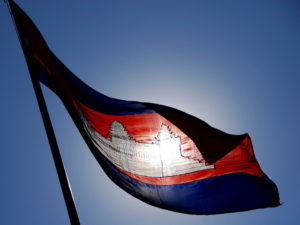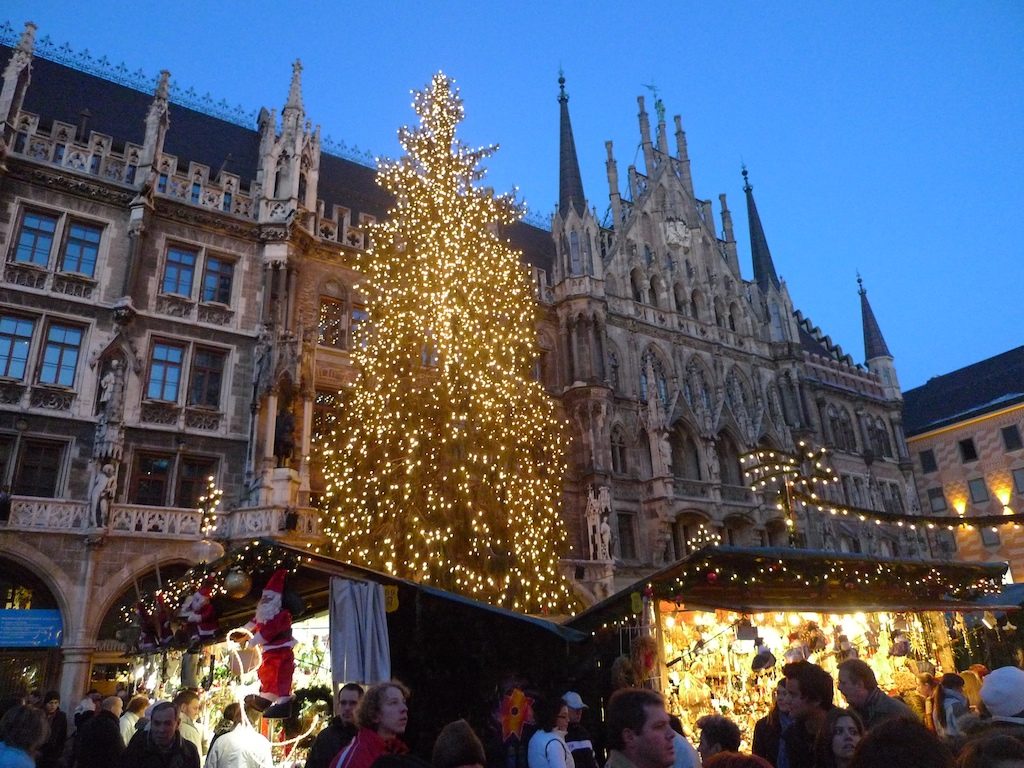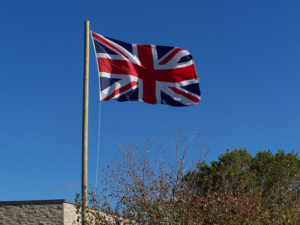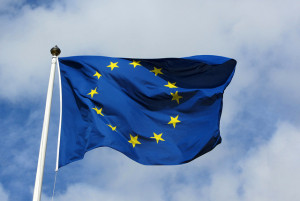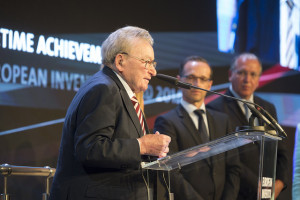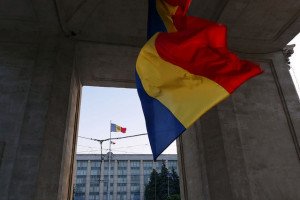The German Trade Mark Law Modernization Act (MaMoG) took effect on January 14, 2019. This law implements the 2015 EU Trade Mark Directive in Germany. This has the following practical implications for those applying for German trade marks.
1. Introduction of certification marks
So-called certification marks are being introduced in §§ 106a-h MarkenG (German Trade Mark Act). The purpose of these certification marks, for example, is to provide quality seals and similar quality marks with access to trade mark protection in Germany. An essential characteristic of certification marks is that those applying for this mark as per § 106b MarkenG may not themselves carry out a business involving the supply of the goods and services of the kind certified. The market introduction of certified products should only be carried out by third parties. The use of the certification mark is supposed to ensure the public that the certified product exhibits material, method of production, quality, accuracy or other characteristic properties (§ 106b MaMoG).
Similar to the application for a collective trade mark, those applying for a certification mark must submit regulations of use that exactly define the criteria for the awarding of the mark.
2. Elimination of the graphical representation requirement
The range of signs suitable for protection has been expanded with the change to § 8 MarkenG. Instead of the previous criterion for graphical representation, it is now sufficient that the sign can be depicted in the register so that the German Patent and Trade Mark Office (DPMA) and the public “can clearly and uniquely identify the object of protection.” Thus signs that previously were rejected due to the strict requirement for graphical representation now have access to trade mark protection in Germany. Examples of this include olfactory marks and multimedia marks.
However, it is currently unclear which additional mark types can be practically entered and in what way the previous graphical representation of marks can be replaced for registration. Another problem is that the Madrid Protocol or Madrid System also retains the requirement for graphical representation so that an international expansion of protection of these types of marks to other countries appears not to be possible via international registration.
3. Official expiration and invalidity proceedings
Along with cancellation proceedings based on absolute grounds for refusal and cancellation proceedings due to expiration, starting May 1, 2020, cancellation proceedings will also be possible before the DPMA due to relative grounds for refusal, i.e. opposition due to a situation involving a conflict. Until then, cancellation due to a situation involving a conflict could only be obtained by submitting a so-called cancellation permission complaint before district courts after the expiration of the opposition period.
Therefore, the period before this regulation goes into effect on May 1, 2020 should be used by the DPMA to create organizational measures for the implementation of the new cancellation proceedings.
4. Changes to opposition proceedings
The opposition proceeding is also being modified so that an opposition can now also be based on one or more earlier trade marks or trade mark applications. In addition, a so-called “cooling-off” phase is being introduced similar to the European opposition proceeding. The opposing parties then have the opportunity to reach an agreement for resolving the conflict situation in a non-official manner within this min. 2-month period. The official proceeding is then only conducted after the “cooling-off” phase if no agreement has been reached.
The proof of use now has to be provided for the last 5 years before registration of the contested mark. The previous “roaming” time period of non-use of five years until the decision of the Opposition department has been discontinued.
5. Deadline changes in the proceeding
Deadlines for renewing marks after 10 years are being adjusted to the harmonized deadlines in Europe. In future, the deadline for renewal after the 10-year interval will expire on the exact day and not at the end of the month as in the past.
The 5-year grace period for use will now commence immediately on the day after no further opposition can be filed against the trade mark.
6. Increase in official fees
Lawmakers are taking the opportunity of this reform to adjust several DPMA fees to rising administrative costs. The base rate for the opposition proceeding is being raised from EUR 120 to EUR 250. In addition, there will also be an additional fee in the amount of EUR 50 for each additional earlier mark upon which the opposition is based.
The fee for the implementation of the invalidity proceeding due to absolute grounds for refusal as per § 50 MarkenG is being raised from EUR 300 to EUR 400. The fee for the implementation of the invalidity proceeding due to earlier rights as per § 51 MarkenG will also be EUR 400. If the application as per § 51 MarkenG is based on more than one earlier right, then this fee is increased by EUR 100 for each additional asserted right.
EUR 50 will be charged for the registration, modification or cancellation of a trade mark license as per § 30 Par. 6 Clause 1, 2 or 3 MarkenG.
7. Our assessment
In general, the changes to the MarkenG with regards to a European harmonization of trade mark proceedings should be welcomed. The cooling-off phase in the trade mark opposition proceeding, in particular, has already proven itself in practice before the European Union Intellectual Property Office (EUIPO).
The opportunity to carry out cancellation proceedings starting May 1, 2020 due to relative grounds for refusal even after the expiration of the opposition period is also very welcome.
Cancellation permission complaints before district courts were very costly up until now due to the requirement of representation and the court costs for the opposing parties. By comparison, the DPMA also has a high degree of competence in its Opposition departments in the implementation of two-party trade mark proceedings so that these cancellation proceedings can be performed directly before the DPMA with a good cost-performance ratio.
Translation from the original article (DE->EN) was kindly provided by Mr. David Gamertsfeld.



